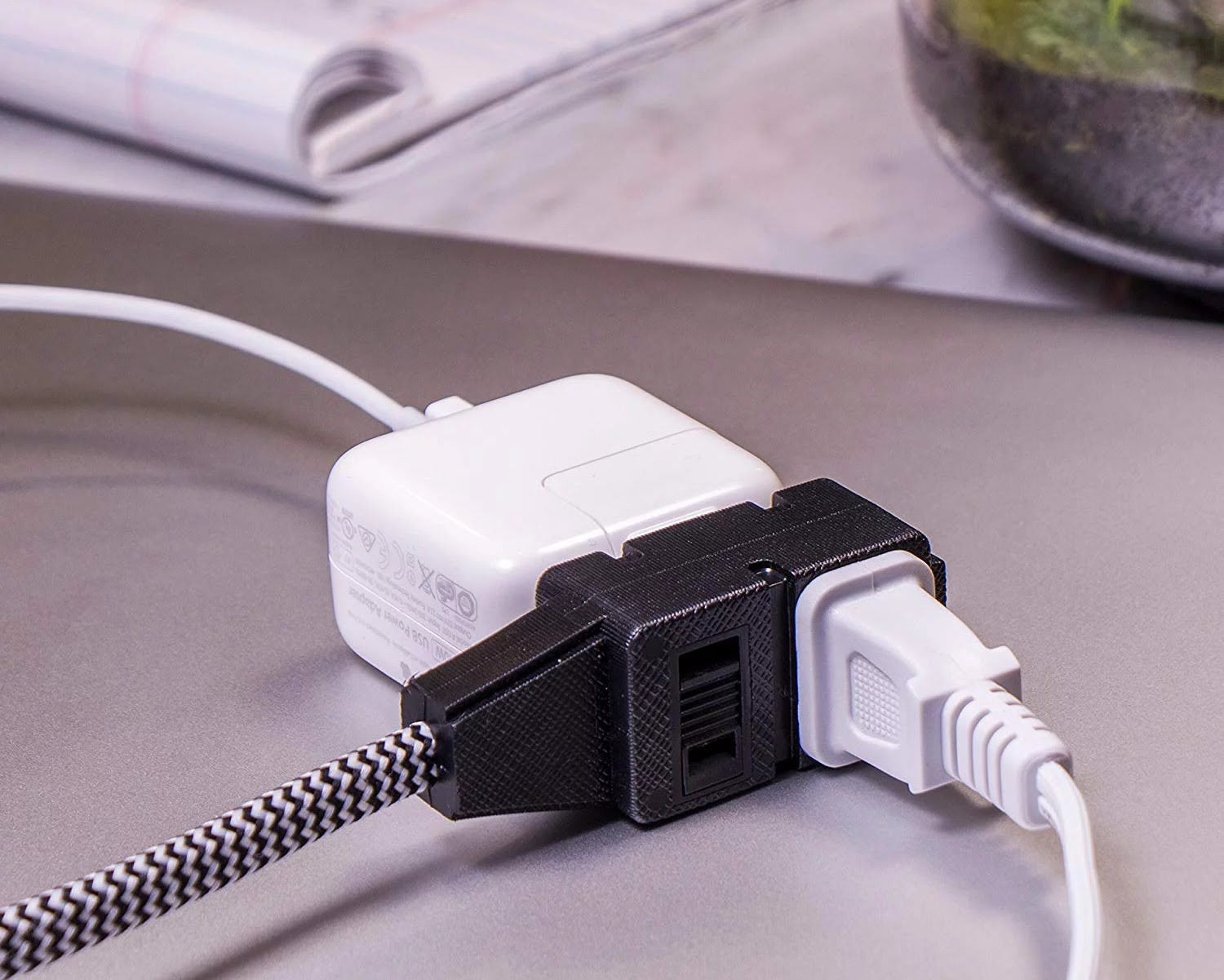

Articles
How Many Amps Can An Extension Cord Handle
Modified: March 1, 2024
Learn about extension cords and their amp handling capacity in this informative article. Find out how many amps an extension cord can handle before risking safety hazards.
(Many of the links in this article redirect to a specific reviewed product. Your purchase of these products through affiliate links helps to generate commission for Storables.com, at no extra cost. Learn more)
Introduction
Extension cords are a convenient solution for powering devices and appliances in areas where electrical outlets are not readily accessible. Whether it’s in the backyard, garage, or workshop, an extension cord can provide the flexibility needed to keep things running smoothly. However, it is crucial to understand the amp capacity of an extension cord to ensure safety and prevent overloading.
In this article, we will explore the factors that determine the amp capacity of an extension cord and discuss essential considerations when using them. By understanding these factors, you can make informed decisions and choose the right extension cord for your specific needs.
Key Takeaways:
- Choose the right extension cord by matching wire gauge to device amp ratings, ensuring efficient power delivery and preventing potential damage.
- Prioritize safety by selecting copper conductor extension cords, considering temperature ratings, and avoiding overloading to prevent hazards.
Factors to consider when determining the amp capacity of an extension cord
When it comes to determining the amp capacity of an extension cord, several factors come into play. It’s important to consider these factors to ensure that the extension cord can safely handle the electrical load you plan to connect to it. Here are the key factors to consider:
- Gauge and wire size: The gauge or wire size of an extension cord refers to the thickness of its wires. The gauge is inversely proportional to the wire thickness, meaning that a lower gauge number indicates thicker wires. Thicker wires can handle higher amperage. Common wire gauges for extension cords are 14, 12, and 10, with 10 being the thickest. It’s essential to choose an extension cord with an appropriate wire gauge that matches the amp rating of the devices you plan to connect.
- Length: The length of the extension cord can affect its amp capacity. As the length increases, the resistance in the wires also increases, leading to voltage drop. Voltage drop can result in reduced power and potential damage to connected devices. It’s advisable to use a shorter extension cord whenever possible to minimize voltage drop and ensure efficient power delivery.
- Type of conductor material: Extension cords can have different types of conductor materials, including copper and aluminum. Copper is an excellent conductor of electricity and is commonly used in high-quality extension cords. Aluminum, on the other hand, is less conductive and may result in more voltage drop. It’s advisable to choose extension cords with copper conductors for optimal performance.
- Temperature rating: Extension cords have specific temperature ratings that indicate their maximum operating temperatures. Higher temperatures can lead to cable insulation degradation and increased resistance. It’s crucial to select an extension cord with a temperature rating suitable for your intended use, especially if you anticipate using it in hot environments.
- Maximum amp rating of connected devices: It is essential to consider the maximum amp rating of the devices you plan to connect to the extension cord. Ensure that the combined amp rating of the devices does not exceed the amp capacity of the extension cord. Overloading an extension cord can result in overheating, fire hazards, and potential damage to connected devices.
By taking these factors into consideration, you can choose an extension cord that meets the amp capacity needed to safely power your devices and appliances. It’s crucial to prioritize safety and avoid overloading extension cords to prevent any potential risks or damage.
Gauge and wire size of the extension cord
The gauge and wire size of an extension cord play a significant role in determining its amp capacity. The gauge refers to the thickness of the wires inside the cord, with lower gauge numbers indicating thicker wires. Thicker wires have a lower resistance and can handle higher amperage without overheating.
Common gauges for extension cords are 14, 12, and 10. The most widely used gauge is 14, which is suitable for light-duty applications and can handle amperages up to 15A. A 12-gauge wire is thicker and can handle higher amperages, typically up to 20A. The thickest wire gauge, 10, is suitable for heavy-duty applications requiring amperages up to 30A.
When choosing an extension cord, it’s essential to match the wire gauge to the amp rating of the devices you plan to connect. If you’re unsure about the amp rating of your devices, check their labels or user manuals for the information.
Using an extension cord with a lower wire gauge than what your devices require can result in overheating, increased resistance, and potential damage to the cord and connected devices. On the other hand, using an extension cord with a higher wire gauge than necessary is generally safe but may be unnecessary and can lead to inconvenience due to the cord’s increased thickness and weight.
It’s also important to note that the wire gauge of an extension cord can impact its maximum length. As the length of the cord increases, so does the voltage drop. Thicker wires, such as those found in lower gauge extension cords, reduce voltage drop over longer distances, thus allowing for longer cord lengths without significant power loss. If you need to power devices or appliances further away, it’s advisable to choose a thicker wire gauge extension cord.
Remember to consider the wire gauge and amp rating of your devices when selecting an extension cord. Choose a wire gauge that can handle the amperage and length requirements of your specific situation. By doing so, you can ensure safe and optimal performance when using extension cords.
Length of the extension cord
The length of an extension cord can have a significant impact on its amp capacity and overall performance. As the length of the cord increases, so does the electrical resistance, which can result in voltage drop and decreased power delivery to connected devices.
When it comes to extension cords, shorter is generally better. Using a shorter cord reduces the distance the electricity needs to travel and minimizes resistance, resulting in more efficient power transmission.
Each extension cord has a maximum length specified by the manufacturer. Exceeding this length can lead to significant voltage drop, especially with cords of smaller wire gauges. Thicker wire gauges, such as 10 or 12 gauge, can handle longer lengths without as much voltage drop compared to thinner gauges like 14 or 16.
It’s important to consider the distance between the power source and the devices you intend to connect. Opt for the shortest extension cord that allows you to reach the desired location, while still ensuring safety and optimal power delivery.
If you need to power devices located far away from the power source, it may be more practical to use a dedicated circuit or relocate the devices closer to an existing outlet. In some cases, it might be necessary to consult a professional electrician to ensure proper electrical wiring and prevent potential safety hazards.
Additionally, it’s crucial to avoid chaining multiple extension cords together as this can further increase resistance and voltage drop. Instead, use a single, appropriately sized extension cord that reaches the desired location without the need for additional extensions.
Remember, a shorter extension cord mitigates voltage drop and ensures that the connected devices receive adequate power. Choosing the right cord length is crucial for maintaining the safety and efficiency of your electrical setup.
Type of conductor material used in the extension cord
The conductor material used in an extension cord can significantly impact its performance and amp capacity. The two most common materials used for conductors in extension cords are copper and aluminum.
Copper is widely regarded as an excellent conductor of electricity. It offers low resistance, which means less energy is lost as heat during power transmission. Copper conductors are known for their efficiency and ability to handle higher amperages without overheating.
On the other hand, aluminum is less conductive than copper and has a higher resistance. This higher resistance can result in more voltage drop and potential overheating when compared to copper conductors.
Although aluminum conductors are less efficient, they are generally less expensive than copper, making them a more cost-effective option for some manufacturers and consumers. However, it’s important to note that extension cords with aluminum conductors may not be able to handle as high of an amp capacity as those with copper conductors.
When choosing an extension cord, prioritize those with copper conductors, especially for applications that require higher amperages or where optimal power transmission is essential. Copper conductors provide a safer and more reliable option for powering your devices and appliances.
It’s worth mentioning that high-quality extension cords often state the type of conductor material used in their specifications. Be sure to verify that the extension cord you choose has copper conductors if maximum amp capacity and long-term durability are your priorities.
Always read the product labels and documentation carefully, as manufacturers will provide information about the type of conductor material used in the extension cord. This way, you can make an informed decision and select the extension cord that best suits your specific needs.
When using an extension cord, always check the amp rating of the cord and the devices you plan to plug into it. Most household extension cords can handle 10-15 amps, but it’s important to confirm this before use to prevent overloading and potential fire hazards.
Read more: How Far Can I Run An Extension Cord
Temperature rating of the extension cord
The temperature rating of an extension cord is an important factor to consider when determining its suitability for specific applications. The rating indicates the maximum operating temperature at which the cord can safely function without risk of overheating or damage.
Extension cords typically have temperature ratings ranging from 60°C (140°F) to 90°C (194°F). The higher the temperature rating, the better the cord can withstand higher temperatures without compromising its performance or safety.
Choosing an extension cord with an appropriate temperature rating is essential, particularly when working in environments where the temperature can become elevated, such as outdoor locations exposed to direct sunlight or areas near heat sources.
It’s crucial to select an extension cord with a temperature rating that surpasses the anticipated operating environment temperature to ensure safe and reliable operation. If the temperature exceeds the cord’s rated temperature, it can lead to insulation degradation, increased resistance, and potential hazards like electrical malfunctions or even fire.
In some cases, it might be necessary to use specialty extension cords designed specifically for high-temperature environments, such as those with a silicone or fiberglass-jacketed construction. These cords have higher temperature ratings and can withstand extreme heat without compromising their integrity.
When selecting an extension cord based on temperature rating, always consult the manufacturer’s specifications and guidelines. Ensure that the temperature rating of the cord aligns with your intended use and the environment in which it will be operating.
Remember, using an extension cord with a temperature rating that does not match the operating environment can lead to safety risks and potential damage. By choosing a cord with the appropriate temperature rating, you can ensure the safe and reliable operation of your electrical equipment.
The maximum amp rating of the devices to be connected
When using an extension cord, it is crucial to consider the maximum amp rating of the devices that will be connected to it. Each electrical device has a specific amp rating, which indicates the amount of electrical current it requires to operate safely and efficiently.
Exceeding the maximum amp rating of a device can lead to several issues, including overheating, tripped circuit breakers, and potential damage to the device itself. Therefore, it is essential to ensure that the extension cord you choose can handle the combined amp load of all the devices connected to it.
To determine the amp ratings of your devices, refer to their labels, user manuals, or contact the manufacturer for specifications. Add up the amp ratings of all the devices that will be simultaneously connected to the extension cord to calculate the total amp load.
Once you have the total amp load, select an extension cord with an amp rating that exceeds the calculated value. It’s generally recommended to choose an extension cord with an amp capacity greater than the maximum amp load to provide a safety margin and avoid overloading the cord.
For instance, if the total amp load of your devices is 10 amps, it would be advisable to choose an extension cord with a 15 or 20 amp rating to comfortably handle the load without any issues.
It’s also important to consider the wire gauge and length of the extension cord when determining its amp capacity. Thicker wire gauges, such as 12 or 10 gauge, can handle higher amp loads more efficiently. Additionally, longer cord lengths can result in voltage drop, so it’s crucial to choose an appropriate length to ensure sufficient power delivery.
By carefully considering the maximum amp rating of your devices and choosing an extension cord that can safely accommodate the total amp load, you can ensure the proper and safe operation of your electrical equipment.
Safety precautions when using extension cords
While extension cords can provide convenience and flexibility, it’s important to adhere to certain safety precautions to ensure their safe and proper usage. Here are some essential safety measures to keep in mind when using extension cords:
- Inspect the cord: Before each use, carefully examine the extension cord for any signs of damage, such as frayed wires, exposed conductors, or cracked insulation. Do not use a cord that appears damaged, as it can pose a safety hazard.
- Use the appropriate cord for the application: Ensure that the extension cord you select is suitable for the specific application. Consider factors such as the amp capacity, wire gauge, length, and temperature rating to match the cord’s capabilities with your power requirements.
- Avoid overloading the cord: Do not exceed the maximum amp rating of the extension cord. Calculate the total amp load of the devices to be connected and choose a cord with an amp capacity that exceeds that load. Overloading the cord can result in overheating and potential fire hazards.
- Do not run cords under carpets or rugs: Placing extension cords under carpets or rugs can cause heat to accumulate and increase the risk of fire. Keep cords on top of carpets or use cord covers specifically designed for this purpose.
- Do not use extension cords as a permanent solution: Extension cords are designed for temporary use. If you require a long-term power solution, consider having additional outlets installed by a qualified electrician. Avoid using extension cords as a permanent wiring solution.
- Do not connect multiple extension cords together: Chaining multiple extension cords together can create a tripping hazard and increase the risk of overheating. Use a single cord of sufficient length or have additional outlets installed if needed.
- Avoid placing cords near heat sources or water: Do not position extension cords near heat sources such as radiators, heaters, or stoves, as this can cause the cord to melt or catch fire. Additionally, keep cords away from water or wet areas to minimize the risk of electrical shock.
- Unplug cords properly: When disconnecting an extension cord, always pull the plug directly from the outlet rather than yanking the cord. This helps prevent damage to the cord and the outlet.
- Store cords safely: When not in use, wrap extension cords properly and store them in a dry, cool location. Avoid kinks or knots in the cord, which can damage the wires and insulation.
- Keep cords away from children and pets: Ensure that extension cords are out of reach of children or pets who may inadvertently pull on or chew the cords, leading to potential hazards.
By following these safety precautions, you can prevent accidents, minimize the risk of electrical hazards, and ensure the safe and effective use of extension cords.
Conclusion
Extension cords are a valuable tool for extending the reach of electrical power in various settings, but it’s crucial to understand their amp capacity and follow safety precautions to prevent accidents and ensure their proper use.
When determining the amp capacity of an extension cord, factors such as the gauge and wire size, length, conductor material, temperature rating, and maximum amp ratings of devices to be connected all come into play. By considering these factors, you can select the appropriate extension cord that matches your specific power requirements.
It’s important to choose extension cords with the correct gauge and wire size for the amp load, ensuring that the cord can handle the connected devices without overheating or potential damage. Additionally, considering the length of the extension cord can help minimize voltage drop and ensure efficient power delivery.
The type of conductor material used in the cord is another crucial aspect. Opting for extension cords with copper conductors is recommended, as copper offers better conductivity and can handle higher amperages more efficiently than aluminum conductors.
The temperature rating of the extension cord is also significant, especially when using it in environments with elevated temperatures. Selecting a cord with a temperature rating higher than the anticipated operating environment can prevent insulation degradation and other potential hazards.
Furthermore, the maximum amp rating of the devices to be connected is essential to avoid overloading the extension cord. By choosing a cord with an amp capacity that exceeds the total amp load, you can ensure the safe and proper operation of your electrical devices.
Finally, following safety precautions when using extension cords is critical. Regularly inspect cords for damage, avoid overloading them, and prevent potential hazards like running cords under carpets or connecting multiple cords together. Always unplug cords properly, store them safely, and keep them out of reach of children and pets.
By understanding the factors that determine the amp capacity of an extension cord and adhering to safety precautions, you can use extension cords confidently and efficiently in various settings without compromising safety or performance.
Frequently Asked Questions about How Many Amps Can An Extension Cord Handle
Was this page helpful?
At Storables.com, we guarantee accurate and reliable information. Our content, validated by Expert Board Contributors, is crafted following stringent Editorial Policies. We're committed to providing you with well-researched, expert-backed insights for all your informational needs.
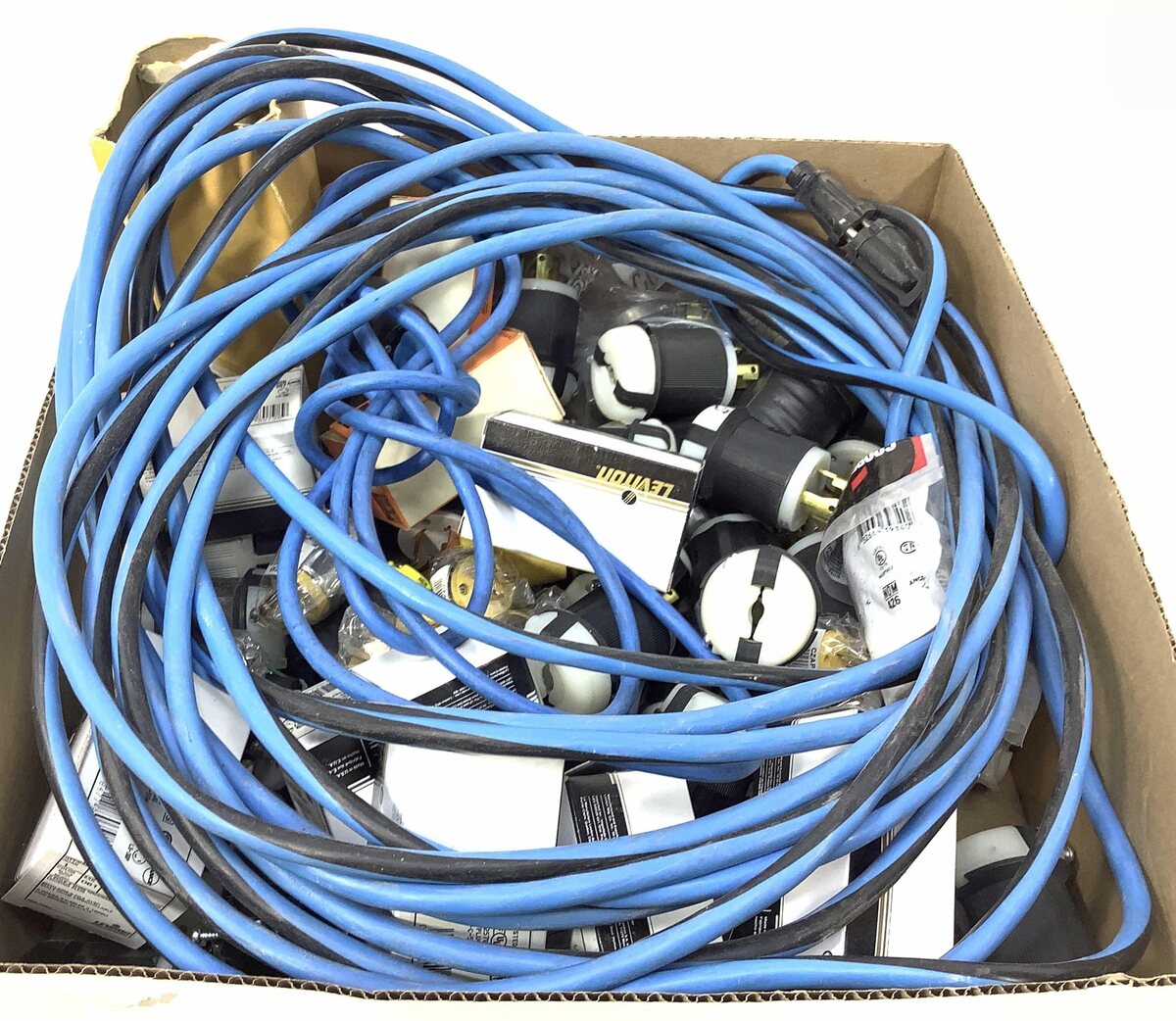
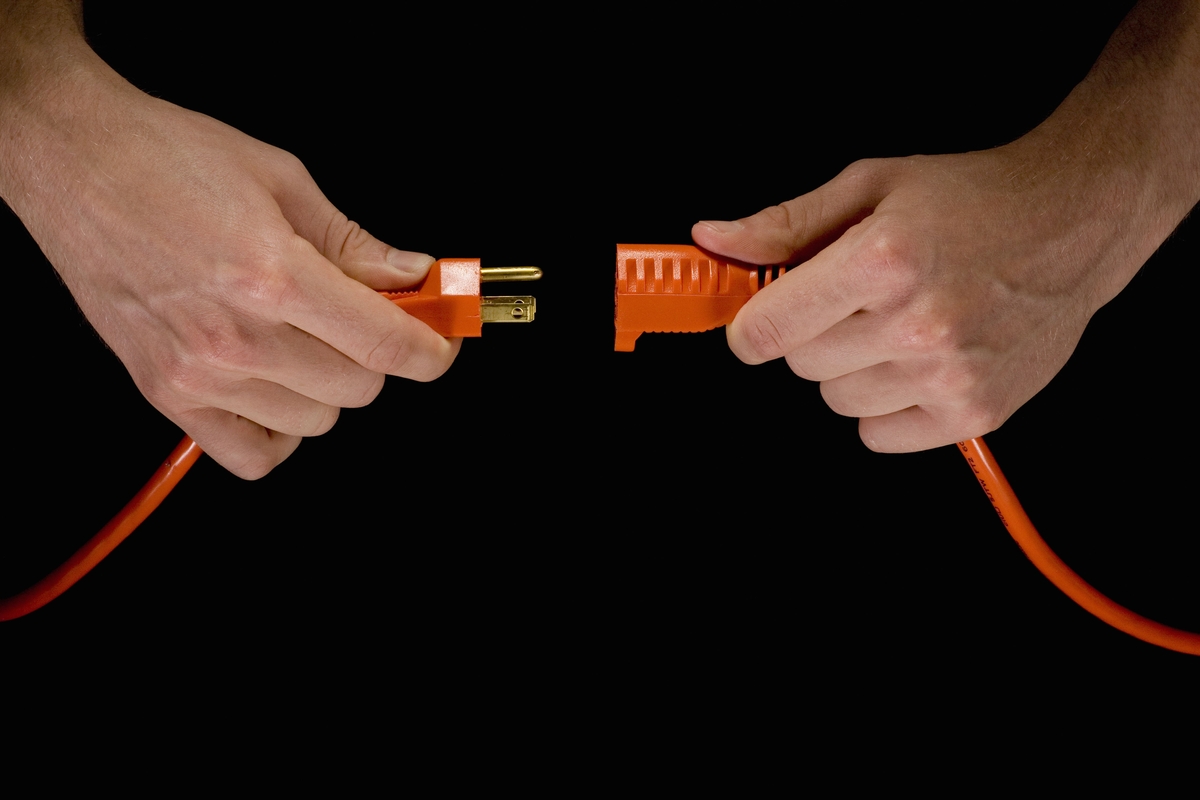
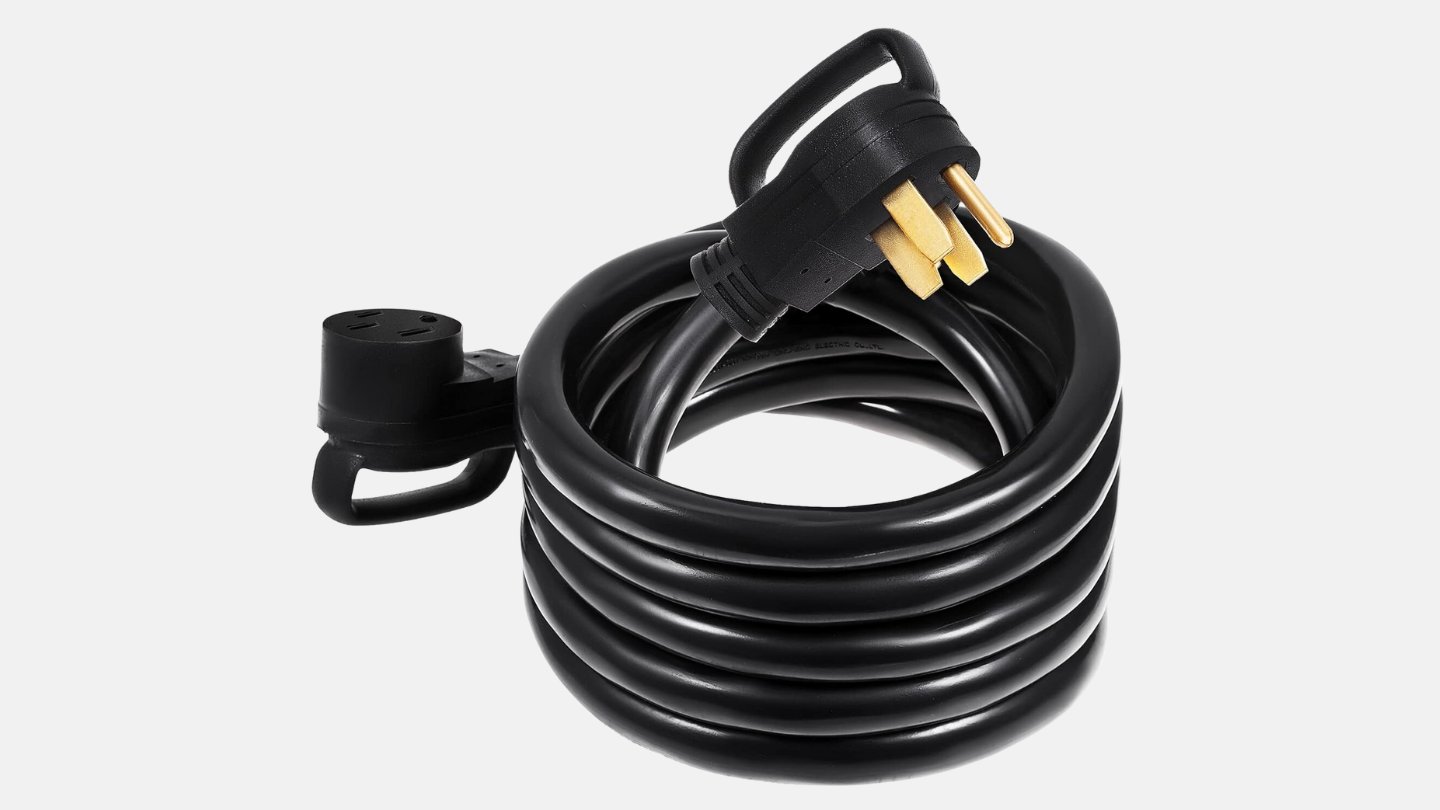
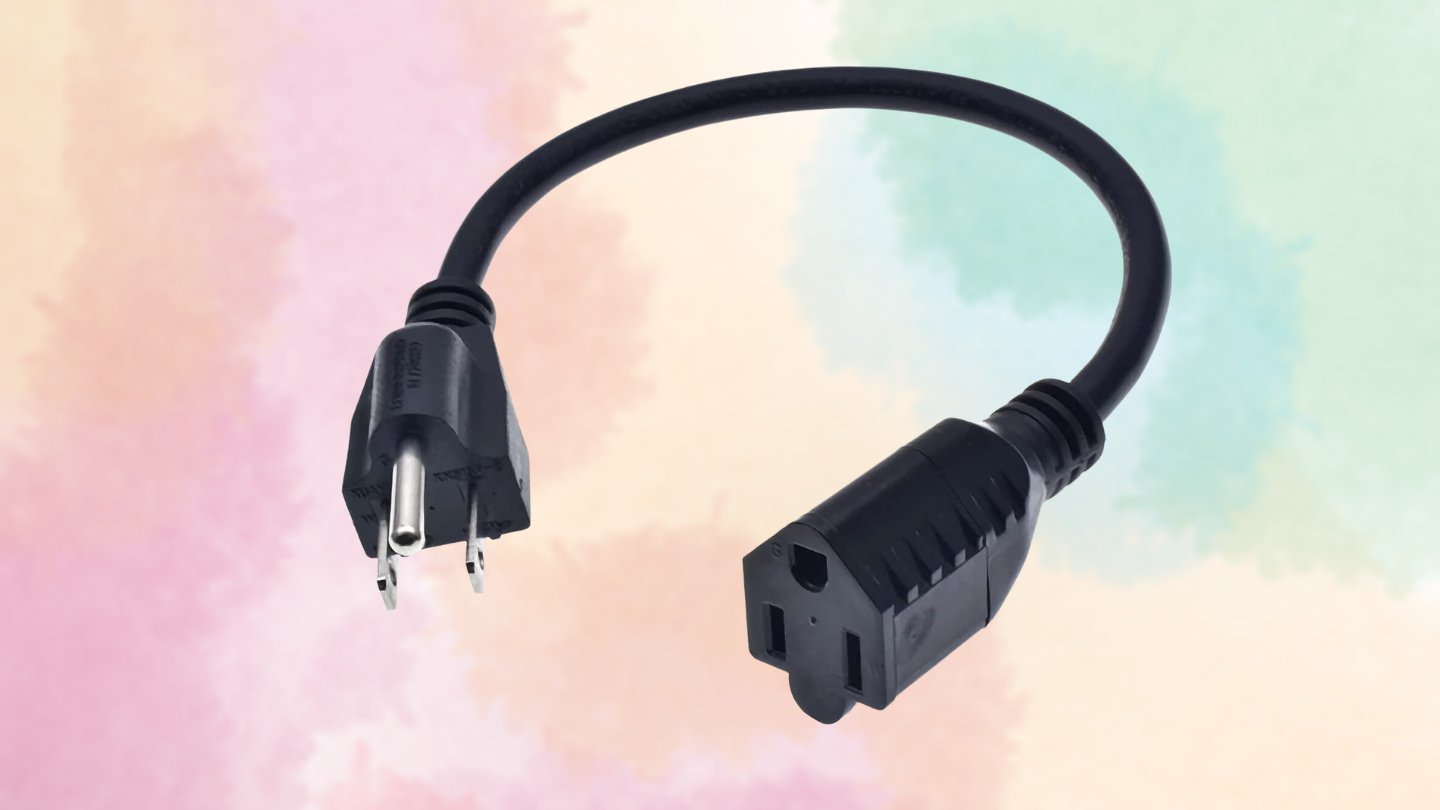
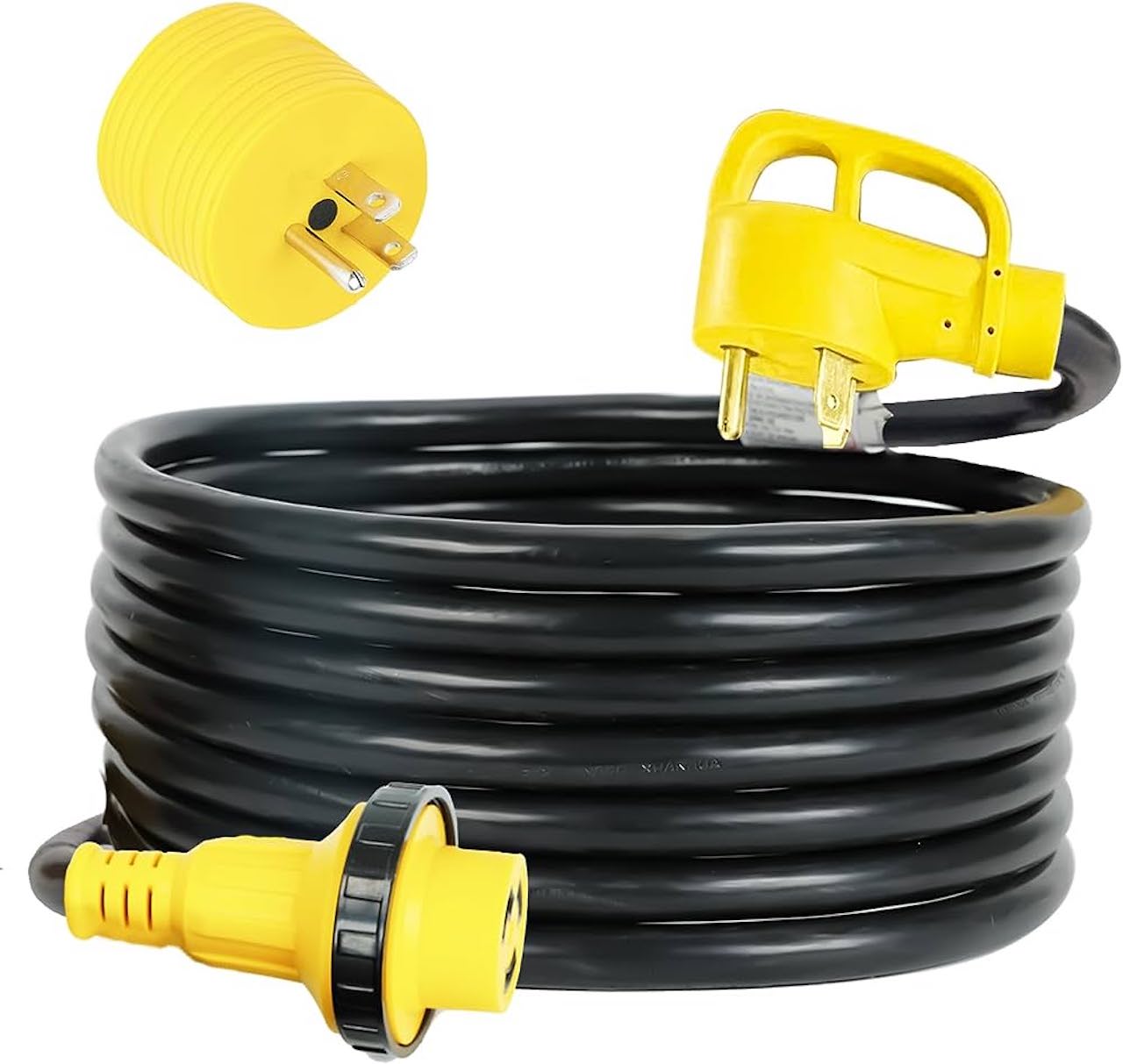
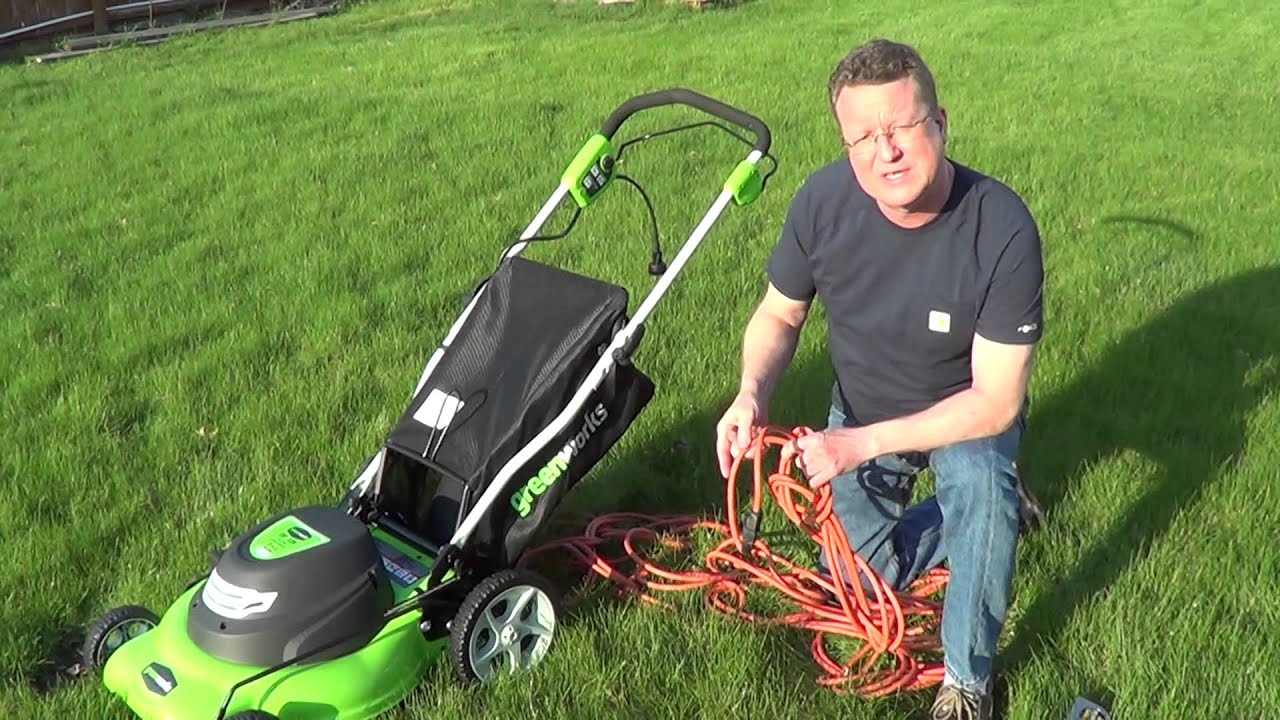
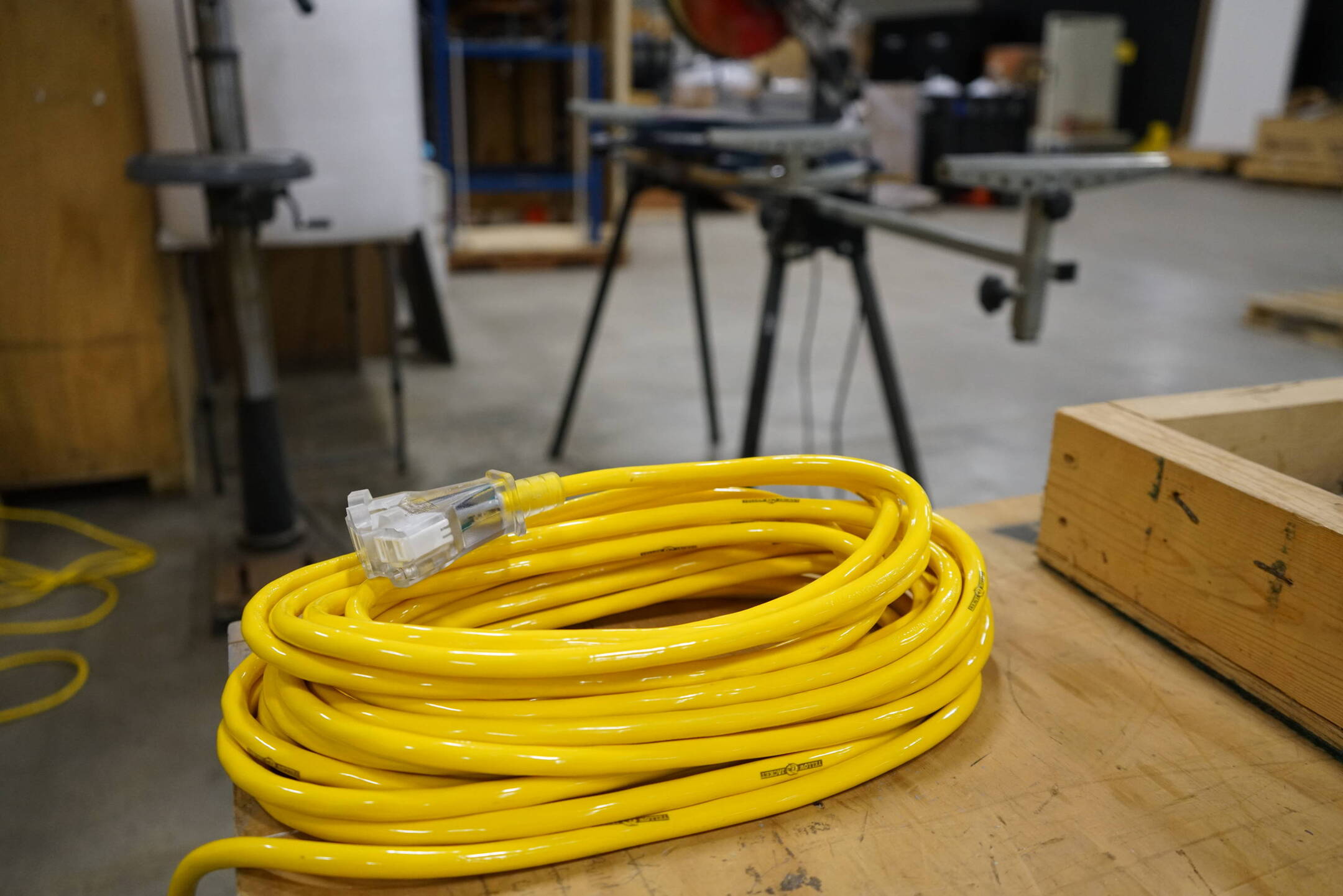
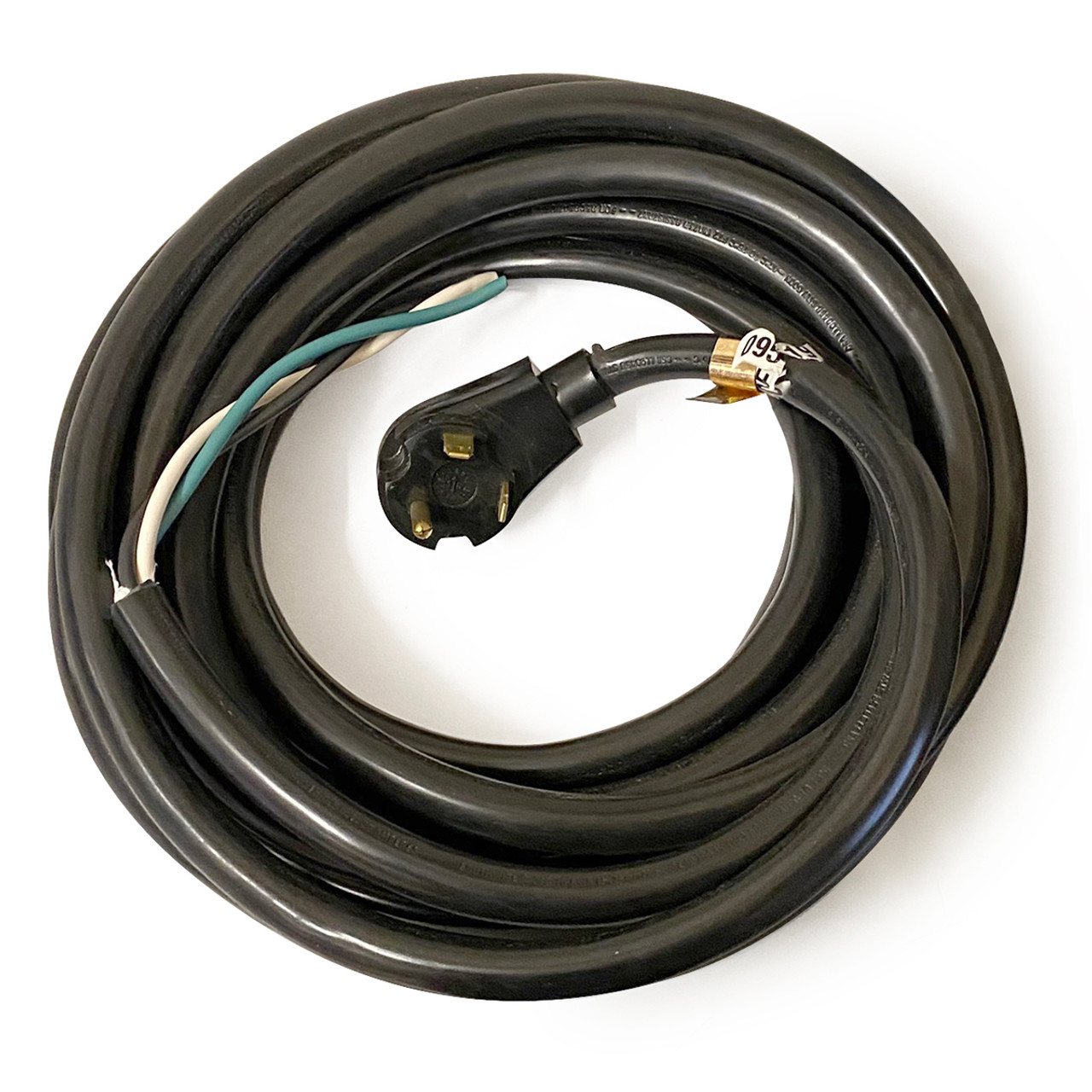
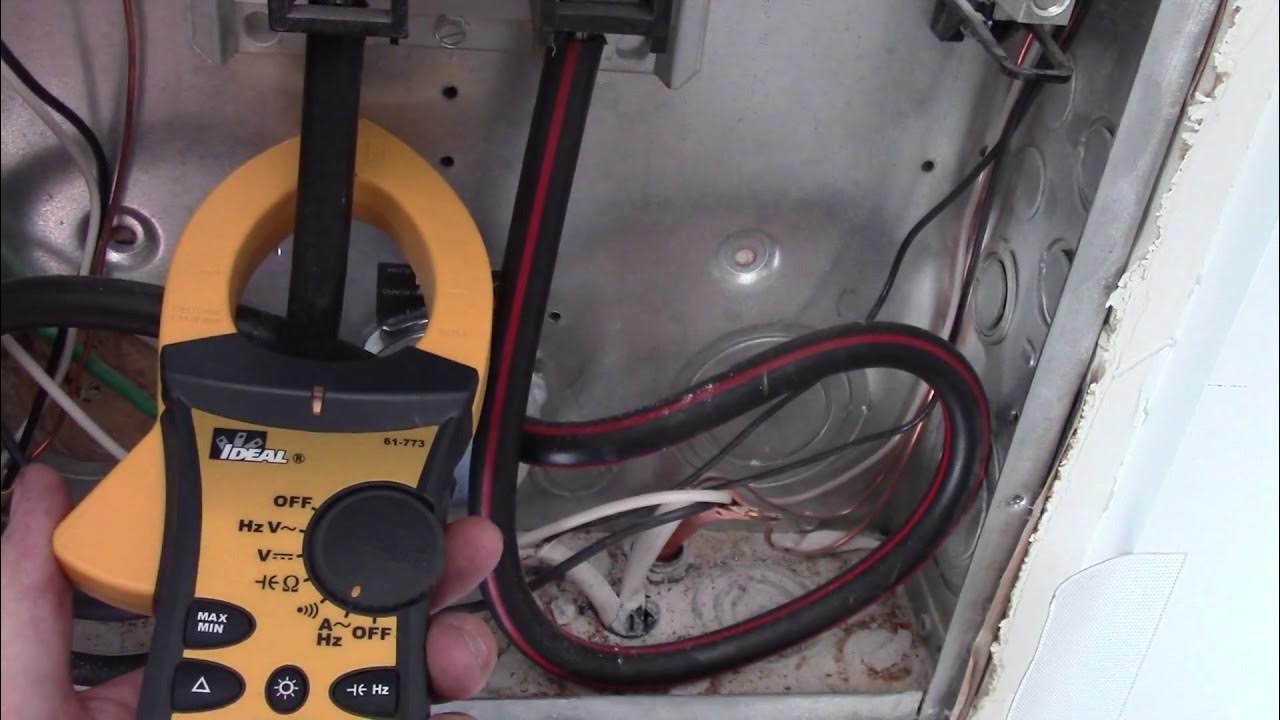
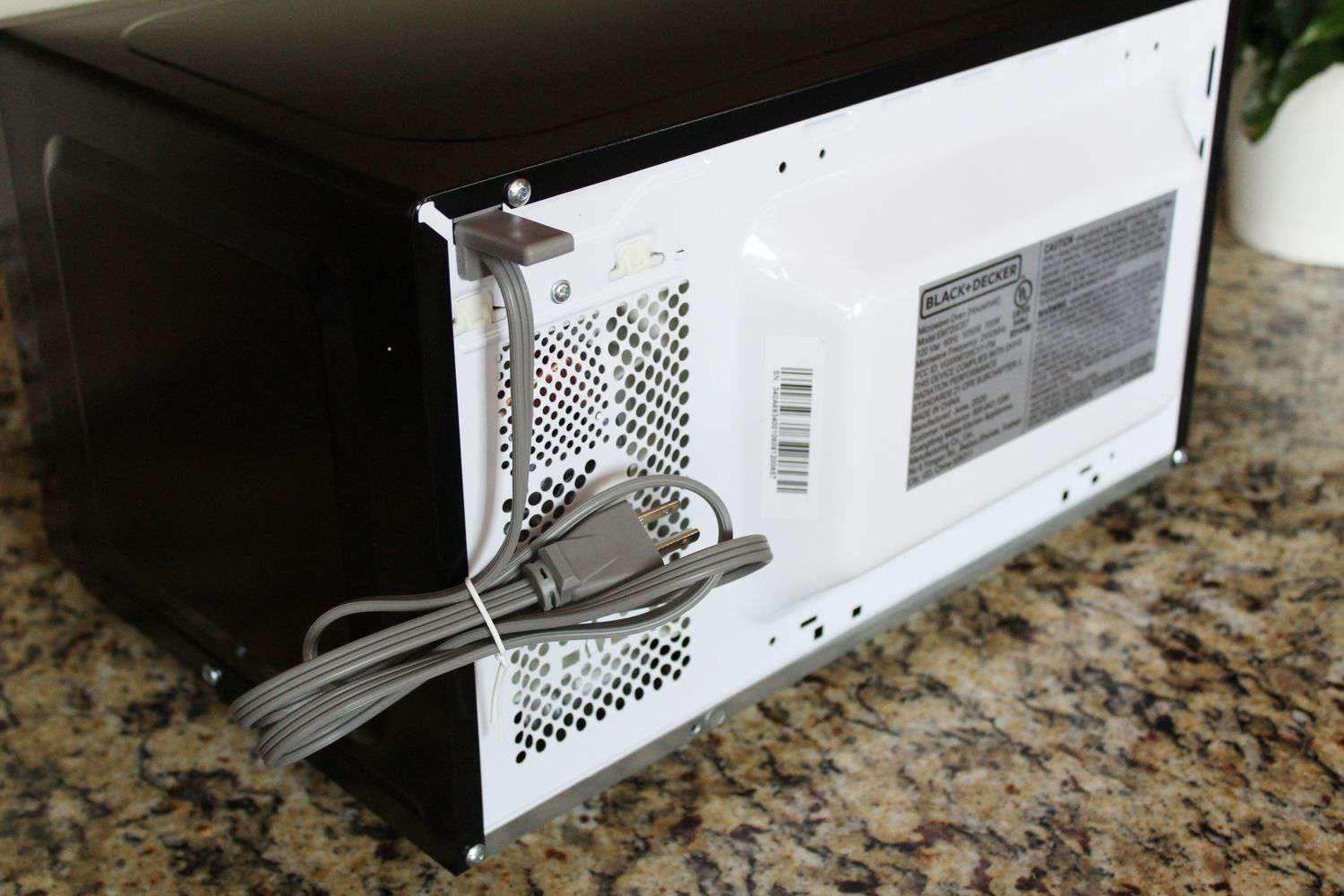
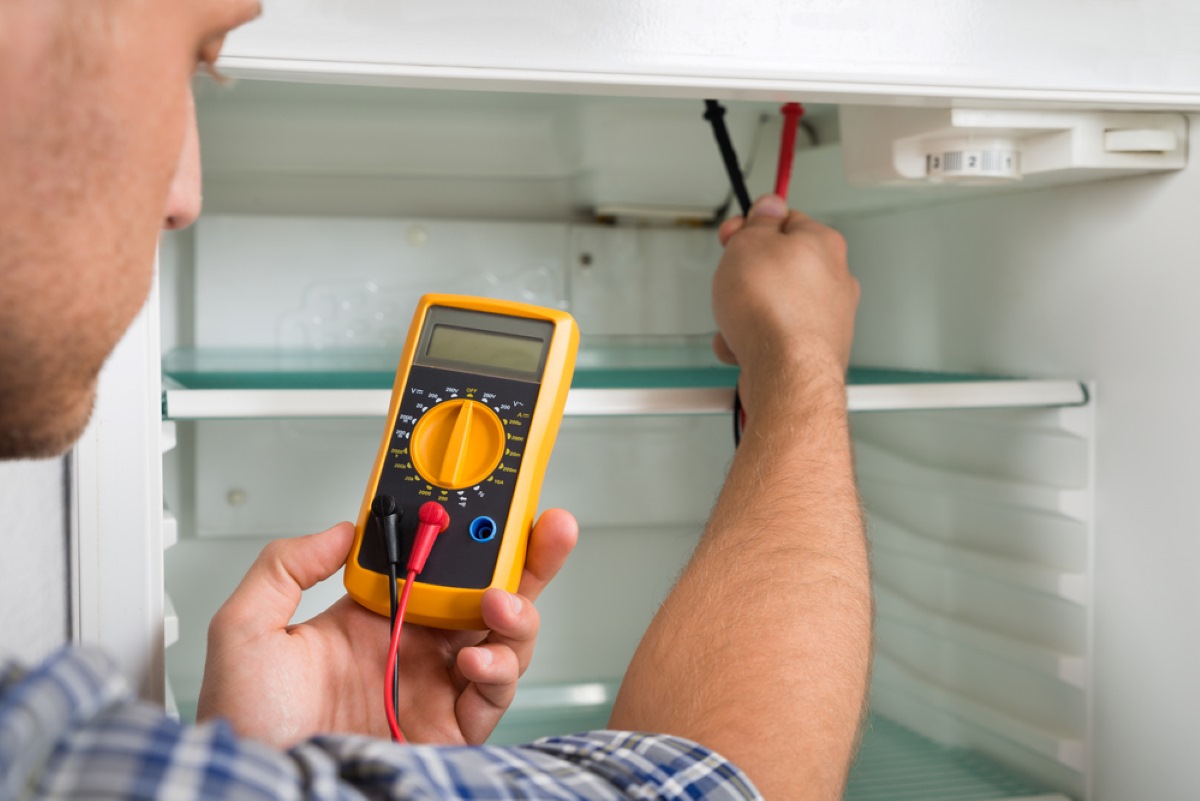
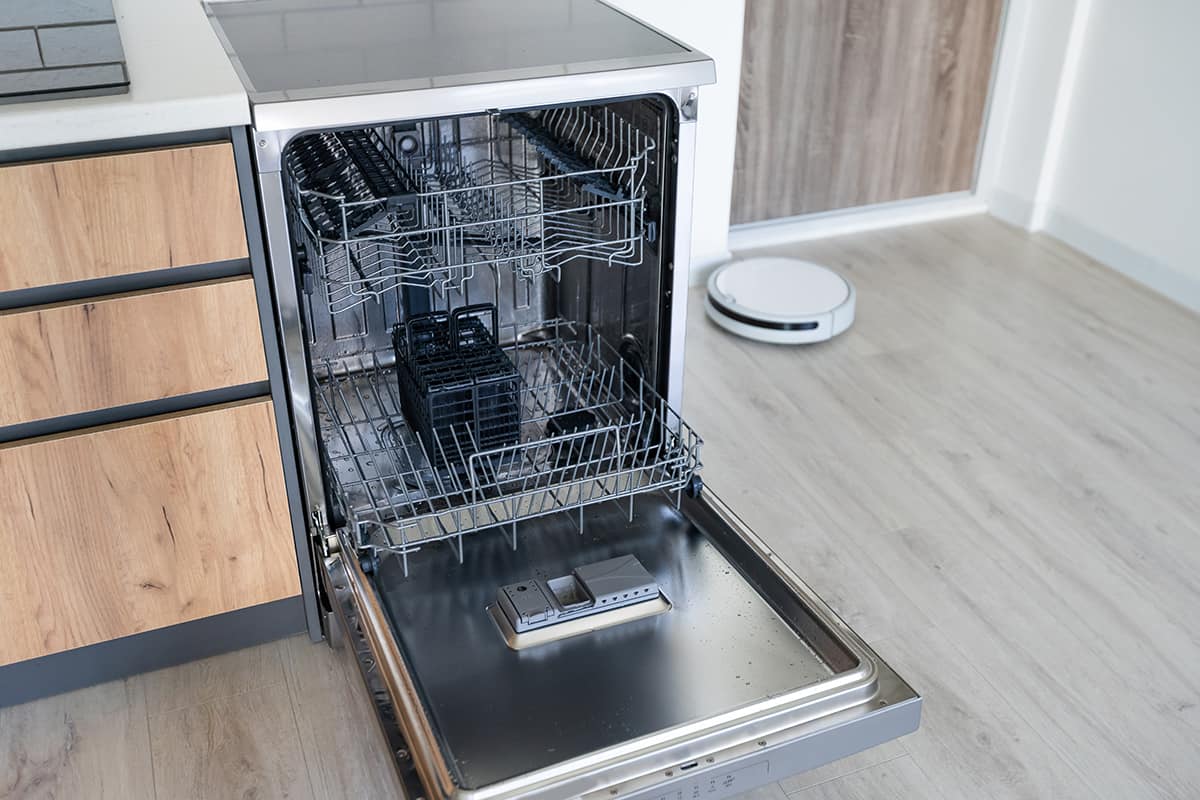
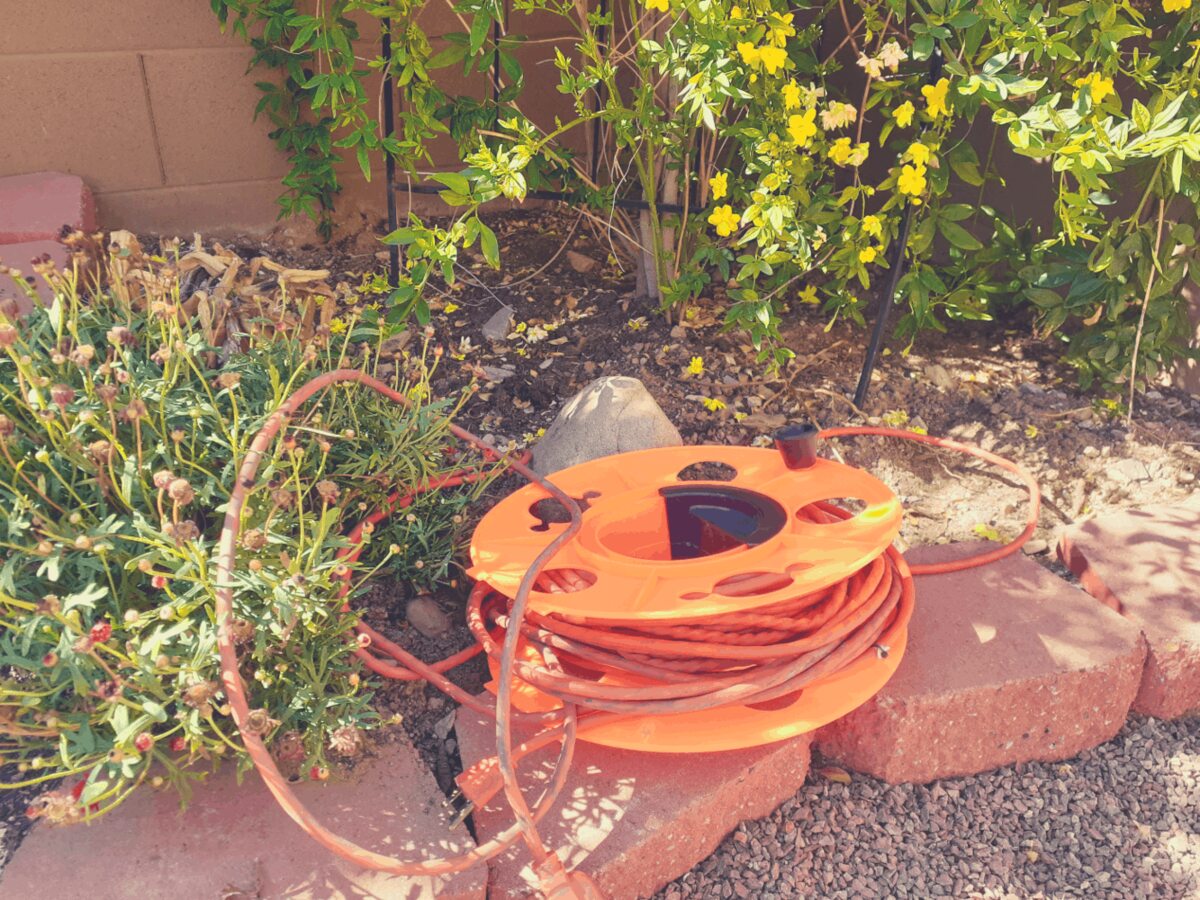
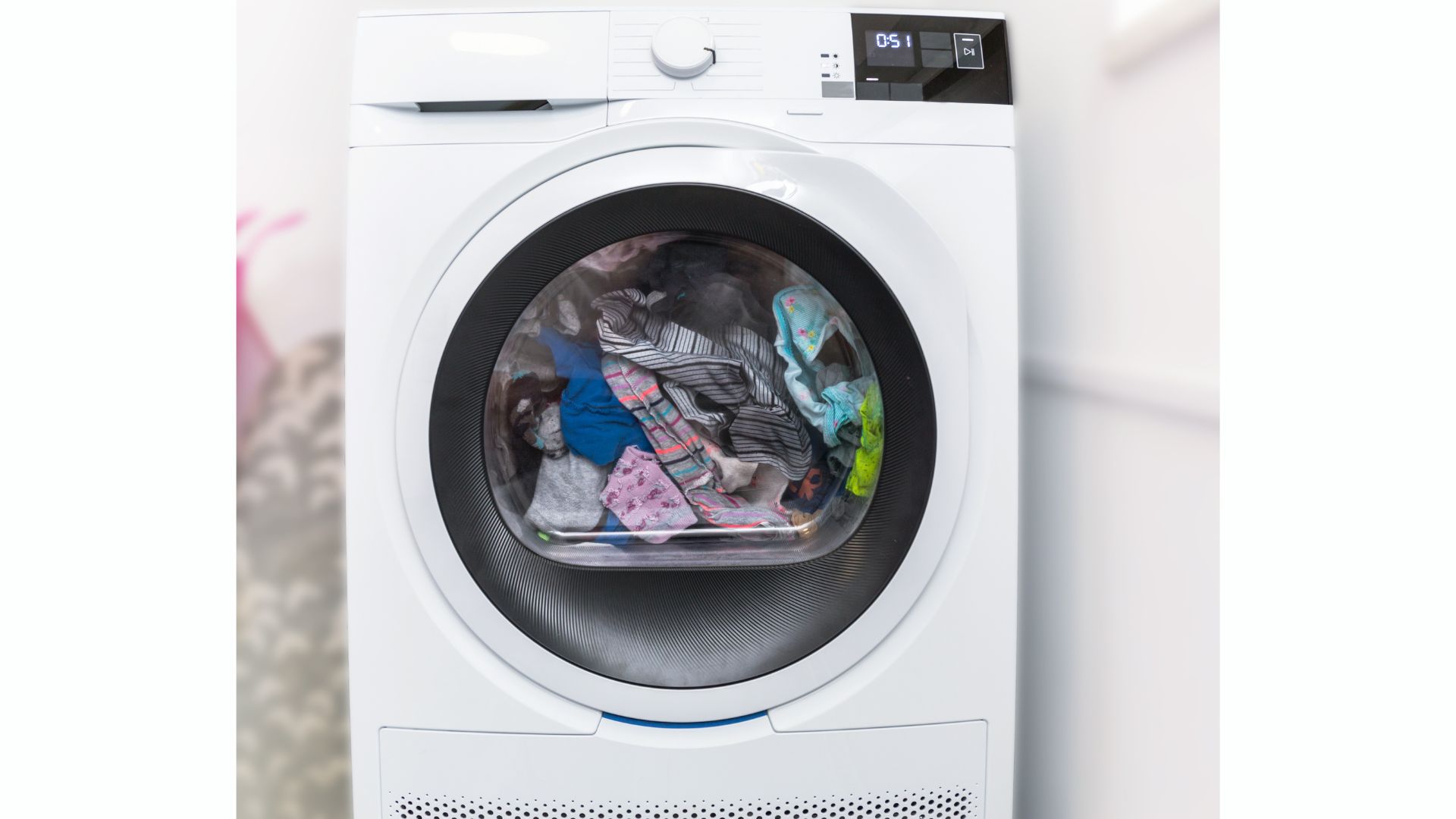

0 thoughts on “How Many Amps Can An Extension Cord Handle”